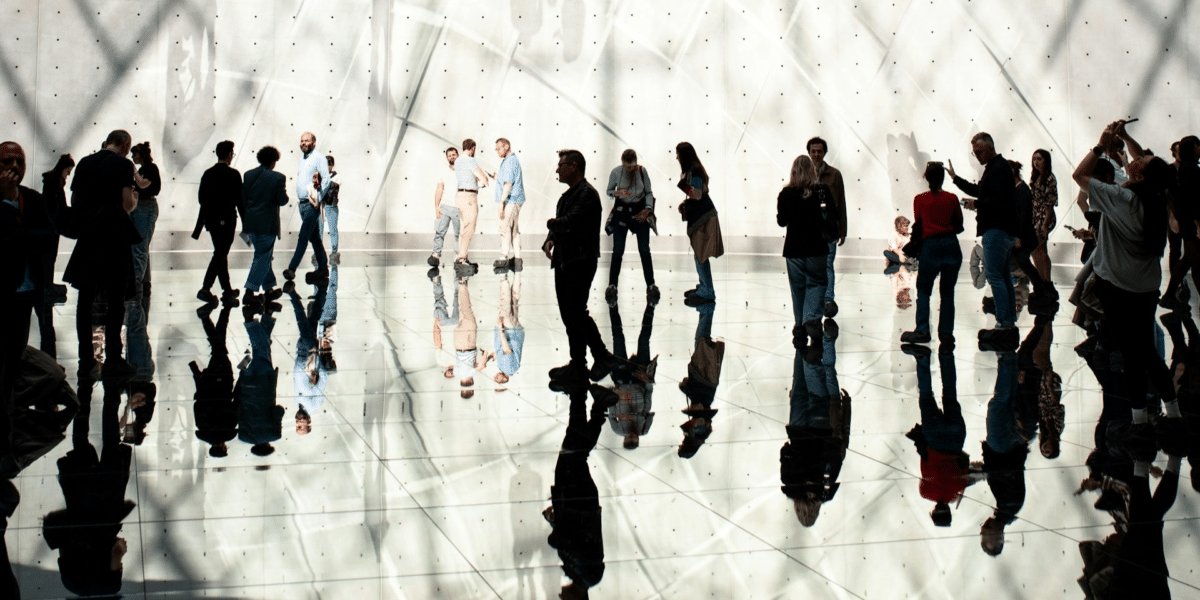Post-Pandemic Transformation: How the Chicago Real Estate Landscape Has Evolved
The COVID-19 pandemic has had a profound impact on the real estate market across the globe, and Chicago is no exception. The city’s real estate landscape has undergone significant changes as a result of the pandemic. This article explores the key shifts and trends that have emerged in the Chicago real estate market post-pandemic.
Shift in Residential Preferences
One of the most notable changes in the Chicago real estate landscape is the increased demand for suburban living. With remote work becoming more common, many people have opted to move away from the densely populated city center to the suburbs. The desire for more space, both indoors and outdoors, has driven this shift. Suburban areas offer larger homes, private yards, and a quieter environment, making them attractive to families and individuals seeking a better quality of life.
The pandemic has also led to a surge in home renovations. As people spend more time at home, there is a growing interest in upgrading living spaces to accommodate new lifestyles. Home offices, outdoor entertainment areas, and modernized kitchens have become popular renovation projects. This trend has boosted the local construction and home improvement industries, further influencing the Chicago real estate market.
Commercial Real Estate Adjustments
The shift to remote work has significantly impacted the demand for office space in Chicago. Many companies have downsized their office footprints or adopted hybrid work models, reducing the need for large office spaces. This decline in demand has led to an increase in office vacancies and a decrease in rental prices in the downtown area.
In response to the reduced demand for traditional office spaces, there has been a transformation in how commercial real estate is utilized. Many office buildings are being repurposed for mixed-use developments, incorporating residential units, retail spaces, and coworking facilities. This adaptive reuse of commercial properties is helping to revitalize downtown Chicago and meet the evolving needs of businesses and residents.
Changes in the Rental Market
The rental market in Chicago has experienced significant fluctuations since the pandemic began. Initially, there was a decrease in rental prices as demand dropped due to remote work and an exodus to the suburbs. However, as the city begins to recover and people return, rental prices are starting to stabilize and, in some areas, increase. This fluctuation highlights the dynamic nature of the rental market in response to changing economic and social conditions.
Landlords have adapted to the new market conditions by offering more flexible lease terms. Shorter lease durations, reduced security deposits, and other incentives have become more common as property owners compete to attract tenants. This increased flexibility benefits renters who may still be uncertain about their long-term living arrangements due to ongoing changes in work and personal life.
Technological Advancements
The pandemic accelerated the adoption of technology in the real estate industry. Virtual tours and online transactions have become standard practices, allowing buyers and renters to explore properties and complete transactions remotely. These technological advancements have made the real estate process more efficient and accessible, attracting a broader audience to the Chicago market.
There has been a growing interest in smart home technology as people seek to enhance their living environments. Features such as smart thermostats, security systems, and home automation have become desirable amenities in the Chicago real estate market. This trend reflects the increasing importance of technology in daily life and the demand for homes that offer convenience and connectivity.
Impact on Property Values
Despite the challenges posed by the pandemic, home prices in Chicago have been on the rise. The increased demand for suburban homes, coupled with low mortgage rates, has driven up property values. This trend is expected to continue as more people seek homeownership and the city’s economy gradually recovers.
However, the impact on property values has not been uniform across all neighborhoods. While suburban and certain urban areas have seen significant price increases, other parts of the city have experienced stagnation or even declines. Factors such as proximity to amenities, safety, and overall desirability play a crucial role in determining property values in the post-pandemic market.
Future Outlook
The Chicago real estate landscape is expected to continue evolving in response to ongoing changes in work, lifestyle, and economic conditions. The trends that have emerged post-pandemic, such as the preference for suburban living, flexible workspaces, and technological integration, are likely to shape the future of the market.
For real estate investors, the post-pandemic market presents both challenges and opportunities. Understanding the shifting dynamics and being able to adapt to new trends will be key to making successful investments. The ability to identify emerging neighborhoods, invest in property upgrades, and leverage technology will be crucial for capitalizing on the evolving Chicago real estate landscape.
The COVID-19 pandemic has brought about significant changes in the Chicago real estate market. From shifting residential preferences and adjustments in commercial real estate to technological advancements and fluctuating property values, the landscape has been transformed. By understanding these changes and adapting to new trends, businesses and individuals can navigate the post-pandemic market successfully. The resilience and adaptability of the Chicago real estate market will continue to drive its evolution and growth in the coming years.










